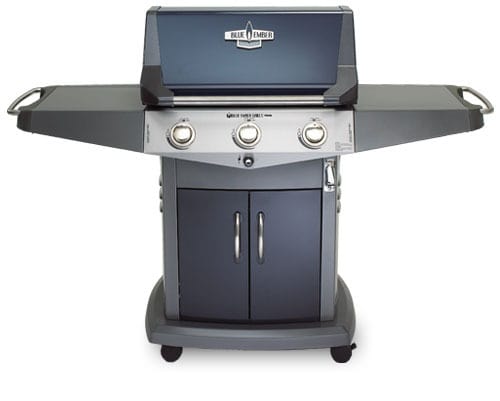

Make sure you retain the roots of each pup.

You can propagate Agave Blue Ember using the following methods.

However, you should watch out for the agave snout weevil that resembles a beetle and can lay its eggs on this plant, causing it to collapse over time.Īpart from this pest, you should care for the plant properly to prevent infections and fungus growth as this could lead to root rot. These plants are usually safe from most kinds of pests and diseases. It is very important when planting not to bury the neck of the plant, it should be slightly above the ground. Deep planting will cause the plant to rot. Instead, cover it with pebbles for quick-drying at the roots of the stem. This is done so as not to limit the supply of oxygen. Minimal fertilizing will also help retain the slow growth of this plant and prevent flowers from blooming too quickly so that the plant can live for longer.Īgave Blue Ember grows slowly and rarely needs repotting. If necessary, transplant young growing plants as soon as they have outgrown the container during spring. A new pot should be 1-2 inches larger in diameter. Take special care not to bury the rosette of the plant when repotting.Īlso, avoid covering the stem with the substrate. You can, however, add a balanced and diluted fertilizer about once a year. You do not need to add fertilizer to the Agave Blue Ember plant too frequently during the growing season since the plant can derive sufficient nutrients even without it. Make sure you also opt for a pot with a drainage hole to ensure that the excess water seeps out.īest Soil for Succulents in Pots Fertilizer You can add sand to make the soil more coarse and loose to prevent waterlogging. You should also opt for a mildly acidic to neutral pH. The soil of these plants should be well-draining so that no excess water gets left behind as this could lead to root rot. Controlling the humidity is also a good idea when it comes to the health of these plants. When they become dormant in winters, you should protect them from frost by shifting them indoors. They tend to grow well in USDA hardiness zones 8-10 although there might be some variations depending on the species. You can also make suitable adjustments depending on how much rainfall and humidity there is.Īgave Blue Ember plants tend to prefer a hot and dry climate. You can gradually decrease the amount of watering, starting out with watering once in four days after propagation, once a week after a month and even less often after that. Make sure the plant has good drainage so that waterlogging does not occur, which will cause rot. In fact, you should only water this plant once the soil dries out fully and if the climate is quite dry as well. These plants do not require frequent watering. You can also provide them with a bit of shade during the day as too much light could end up burning them.
BLUE EMBER WINDOWS
LightĪll Agaves, including Agave Blue Ember, require direct sunlight, so it is best to place the plant in the south or southeast window. In summer you can move it to the open balcony or veranda for sun exposure. If the windows of your apartment are facing north or northwest and west, the plant needs special lighting with a grow light. Agave Blue Ember plants are easy to care for but still have specific care conditions that can allow them to thrive.


 0 kommentar(er)
0 kommentar(er)
